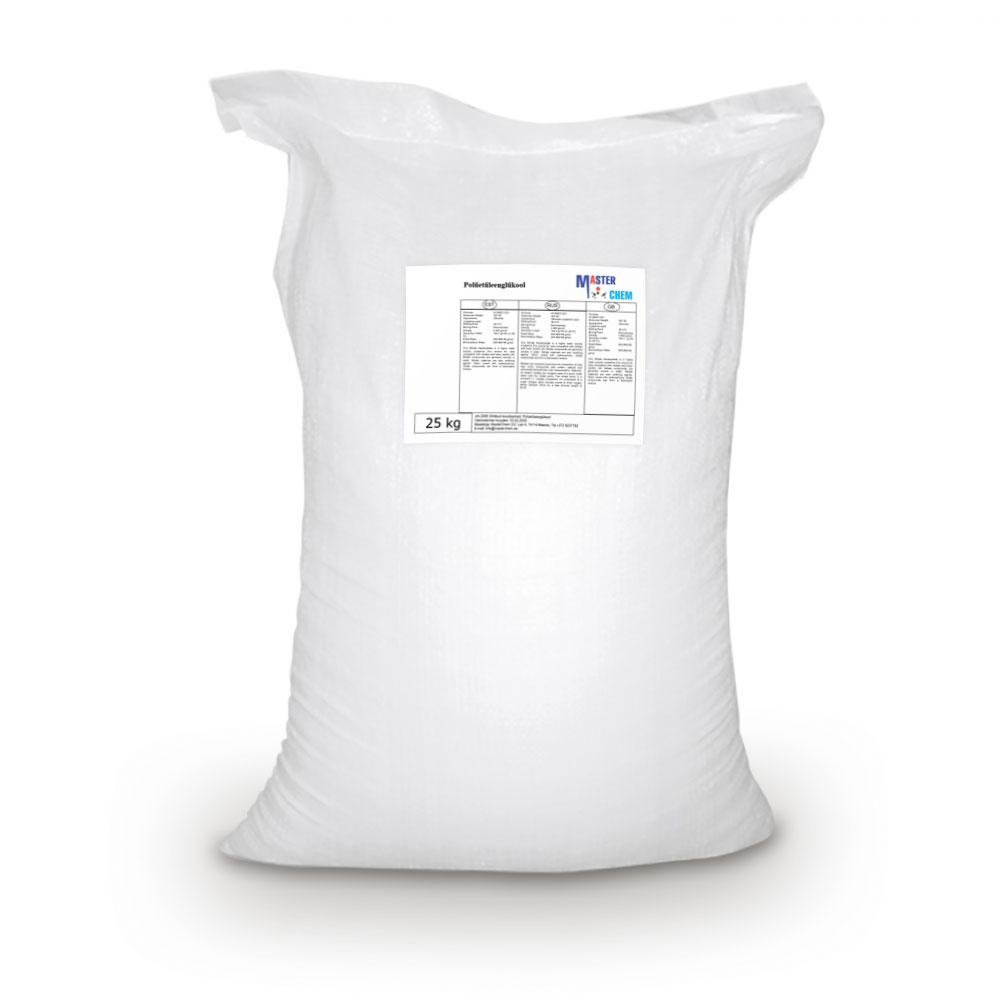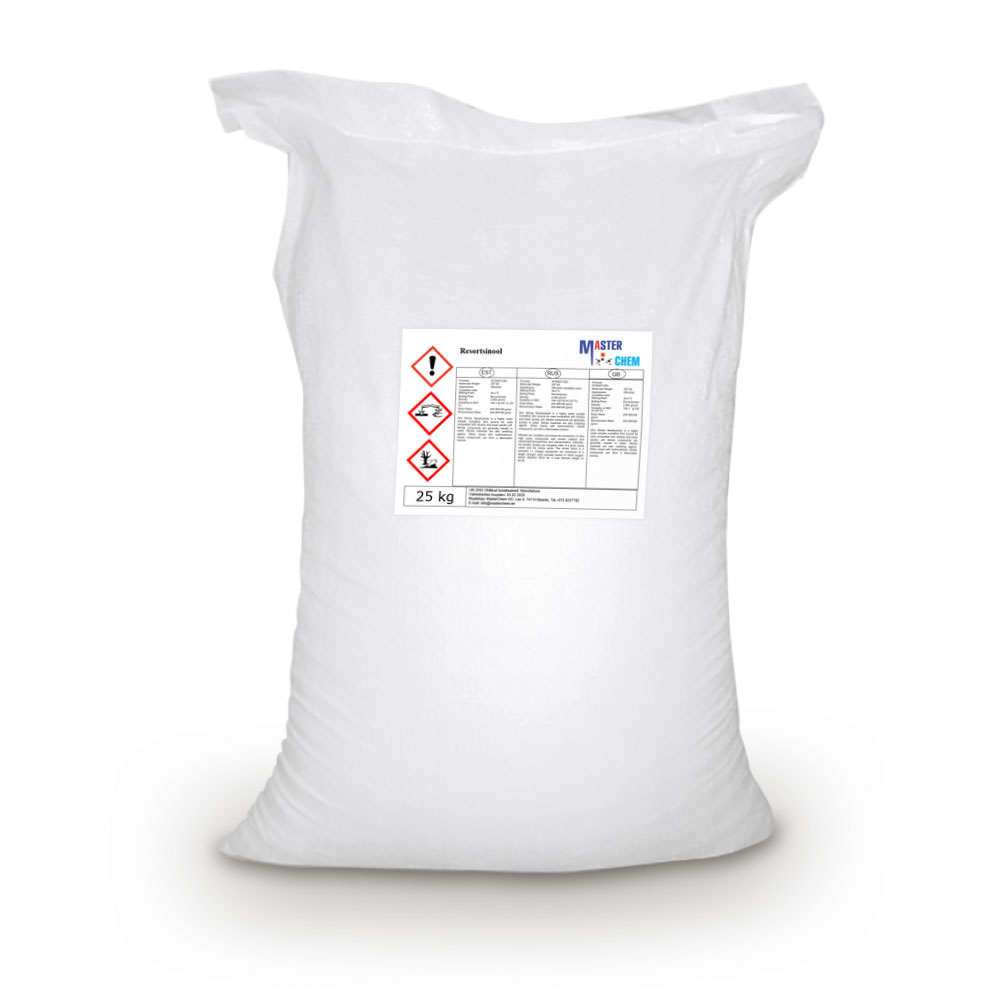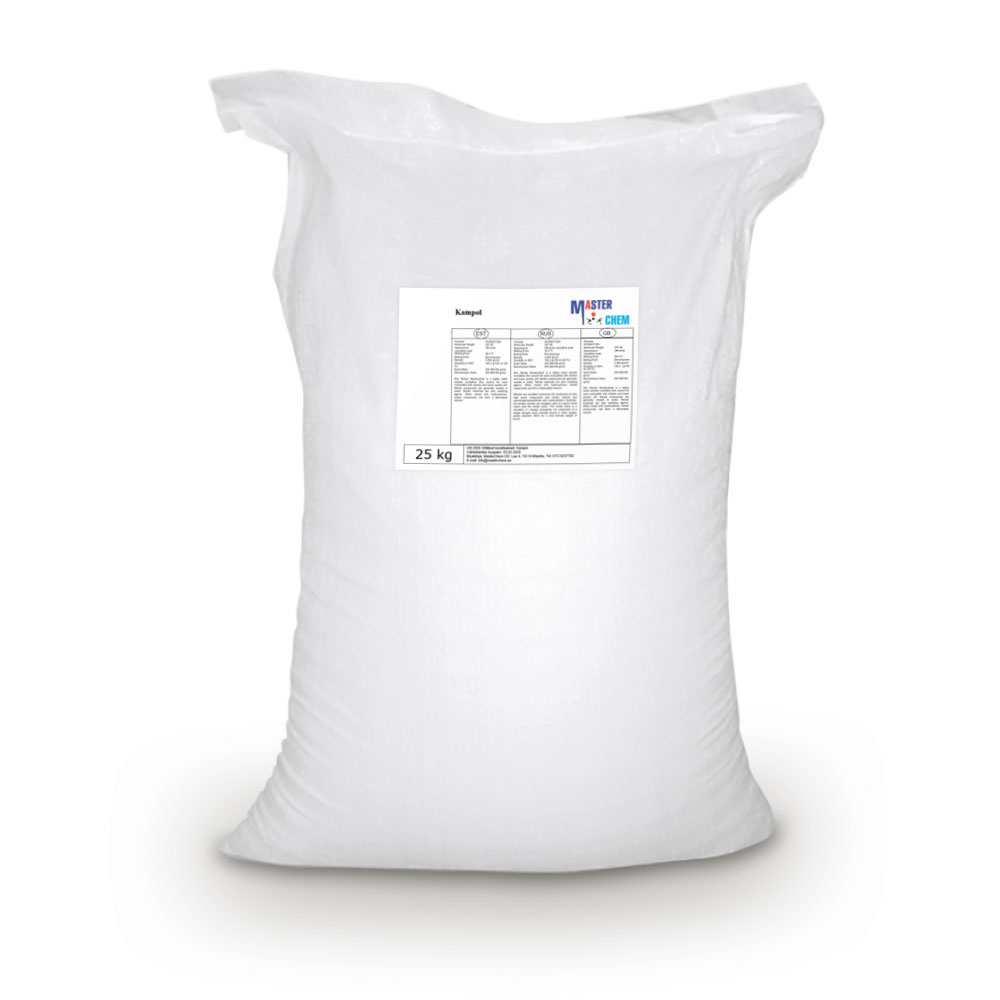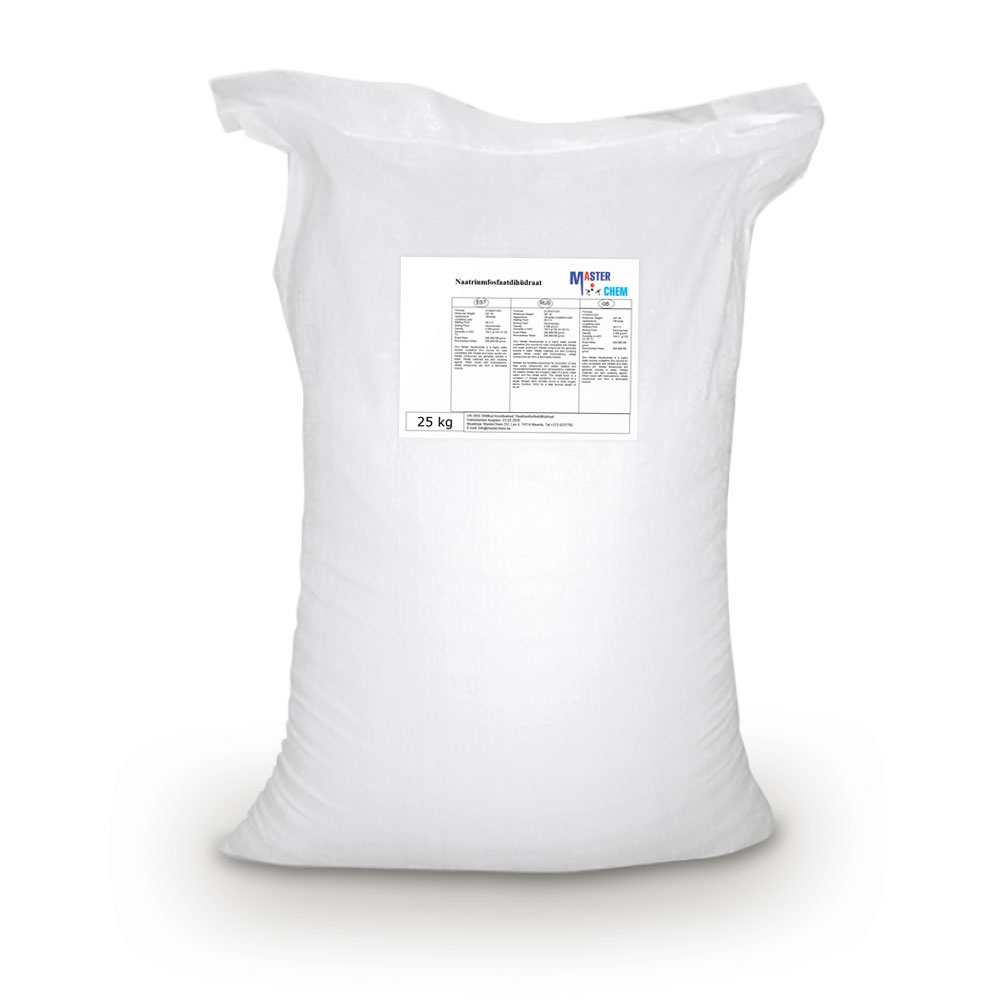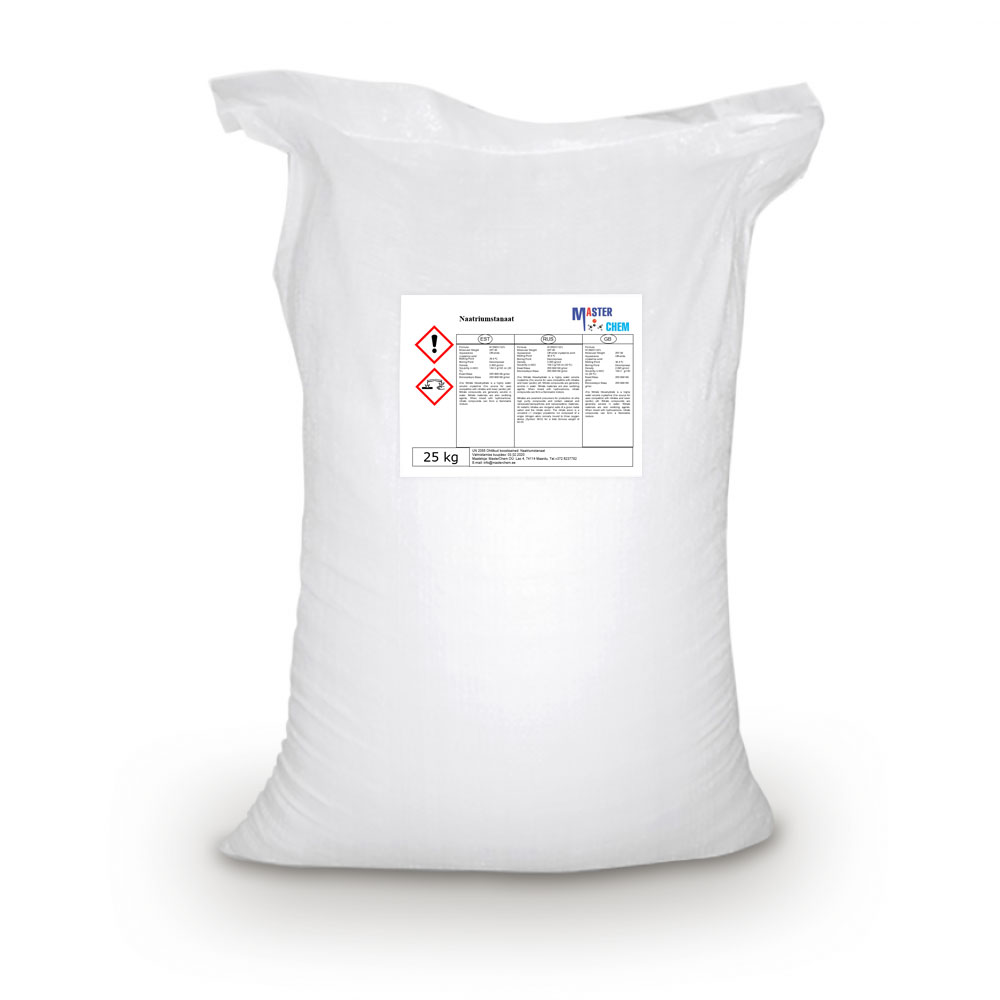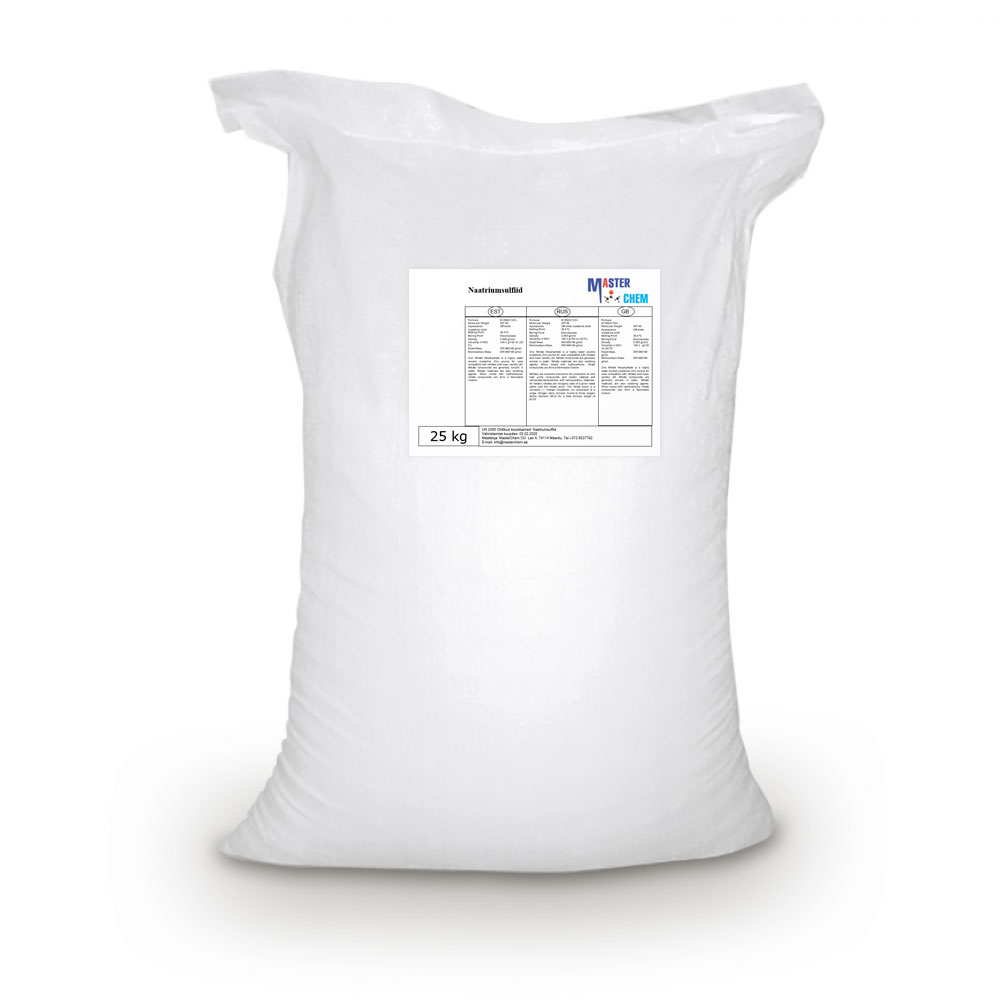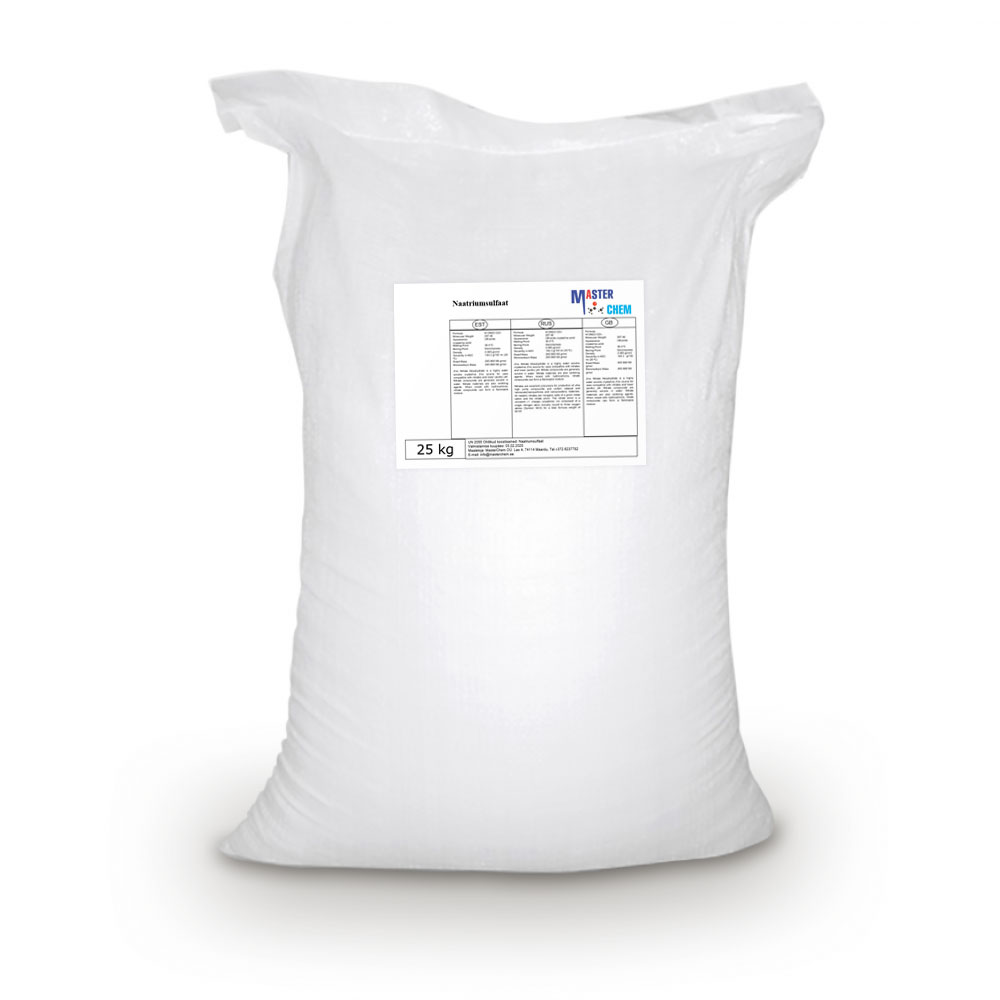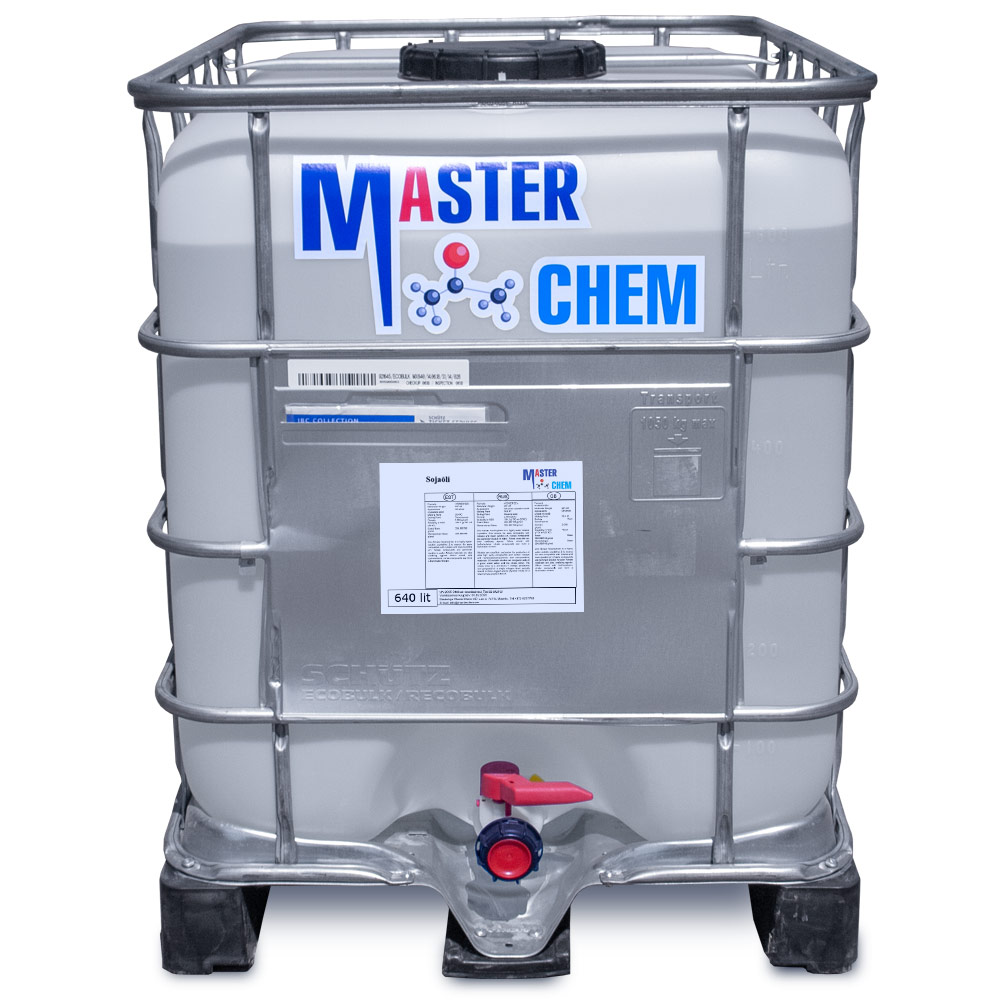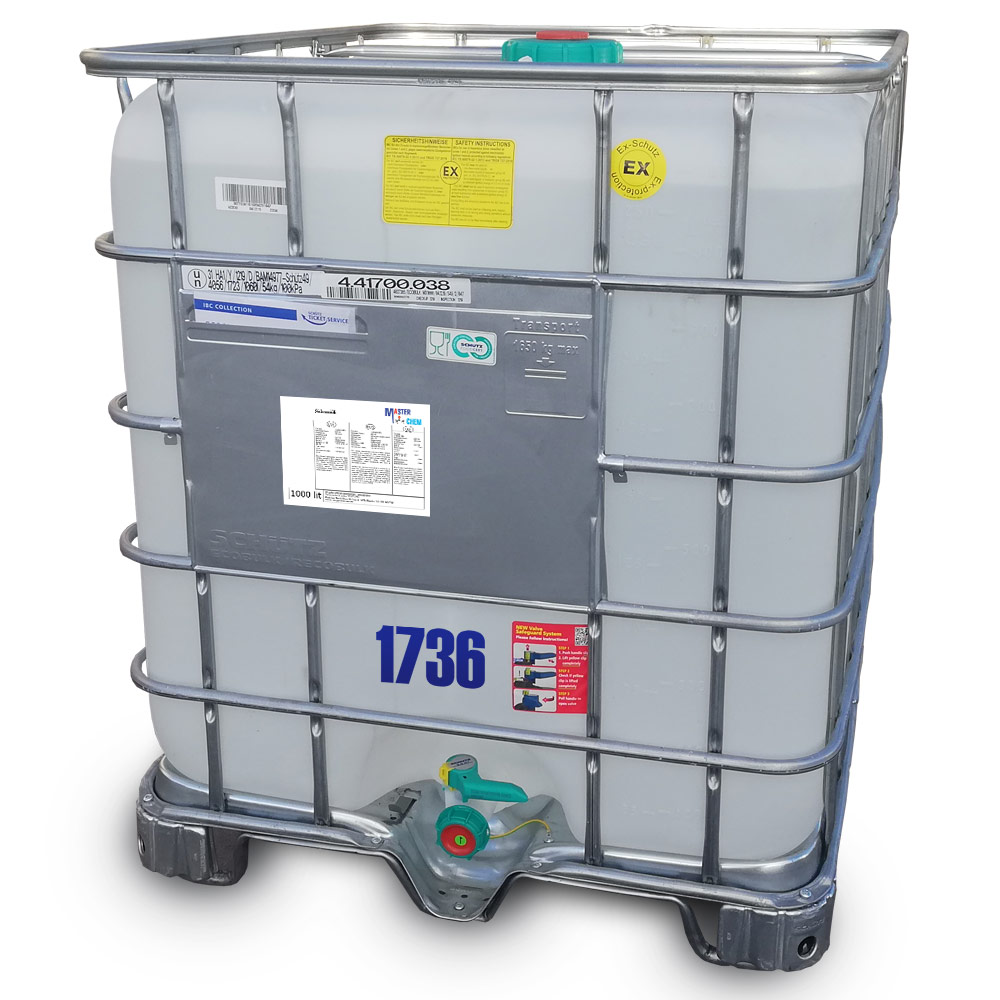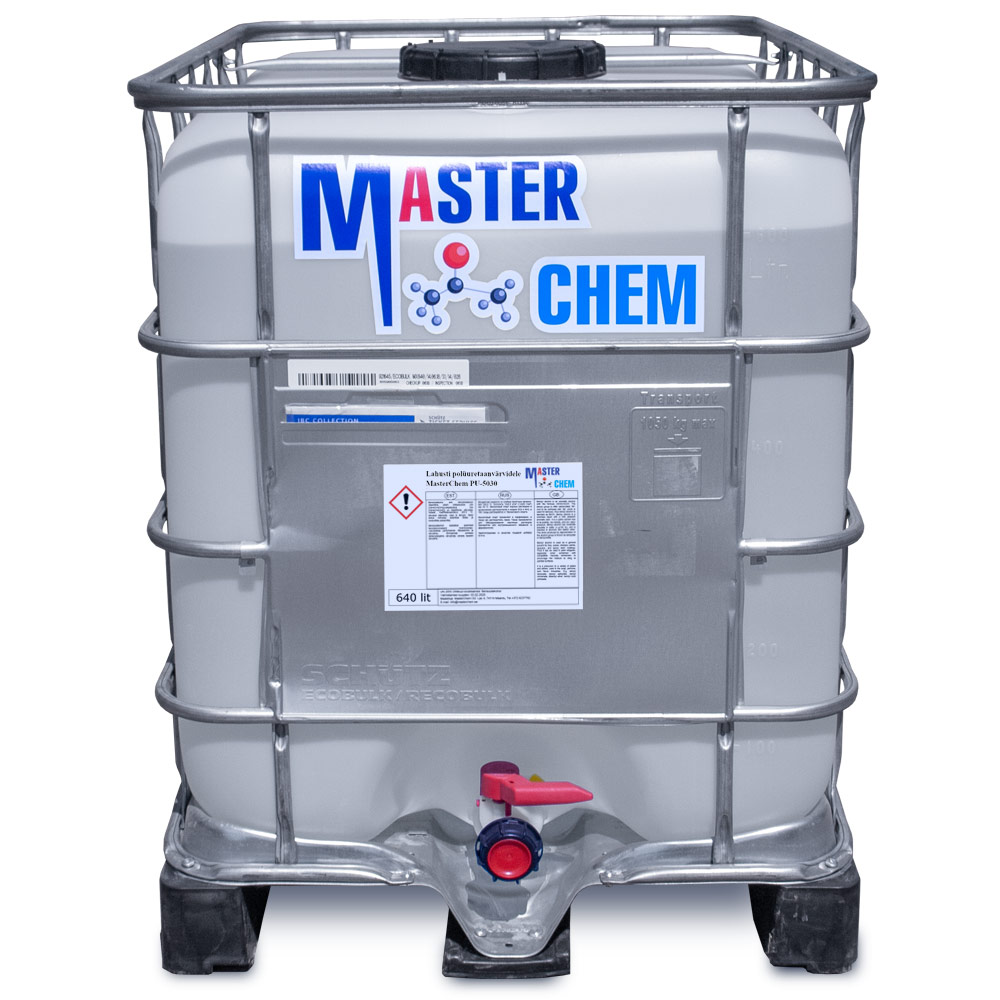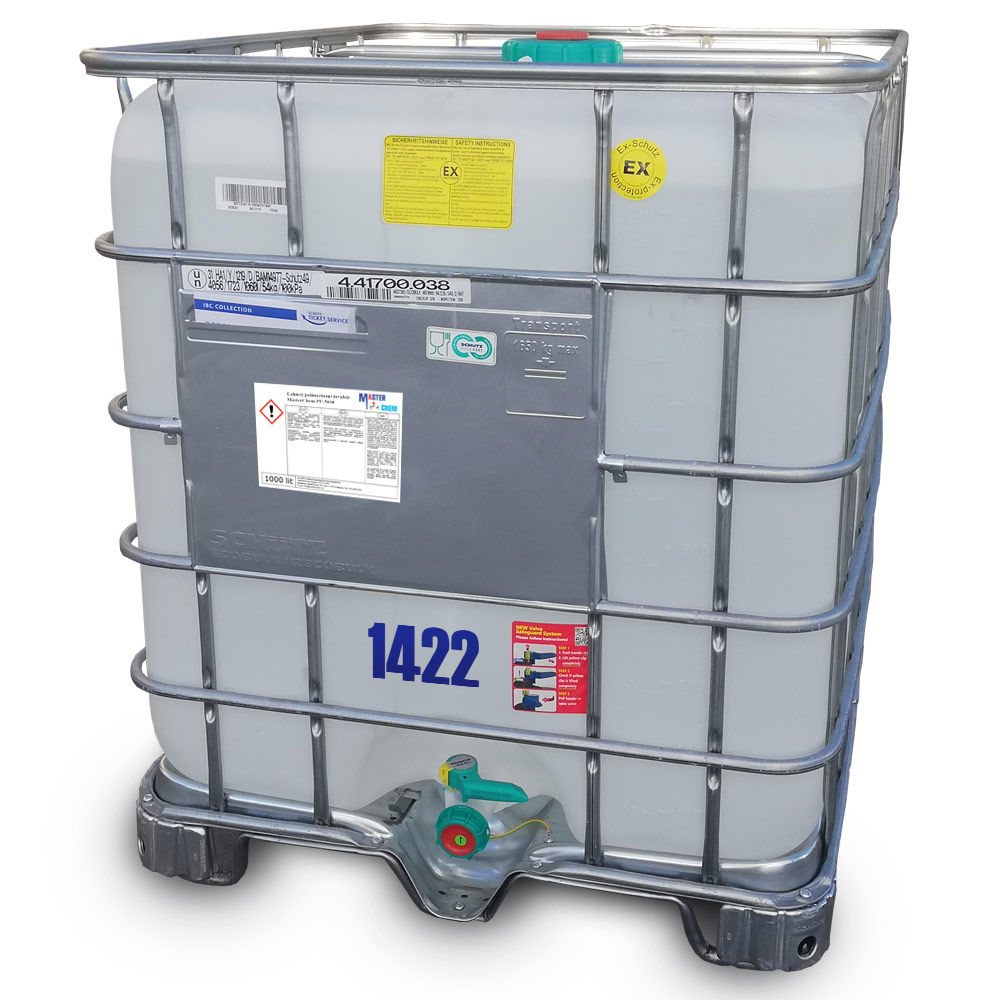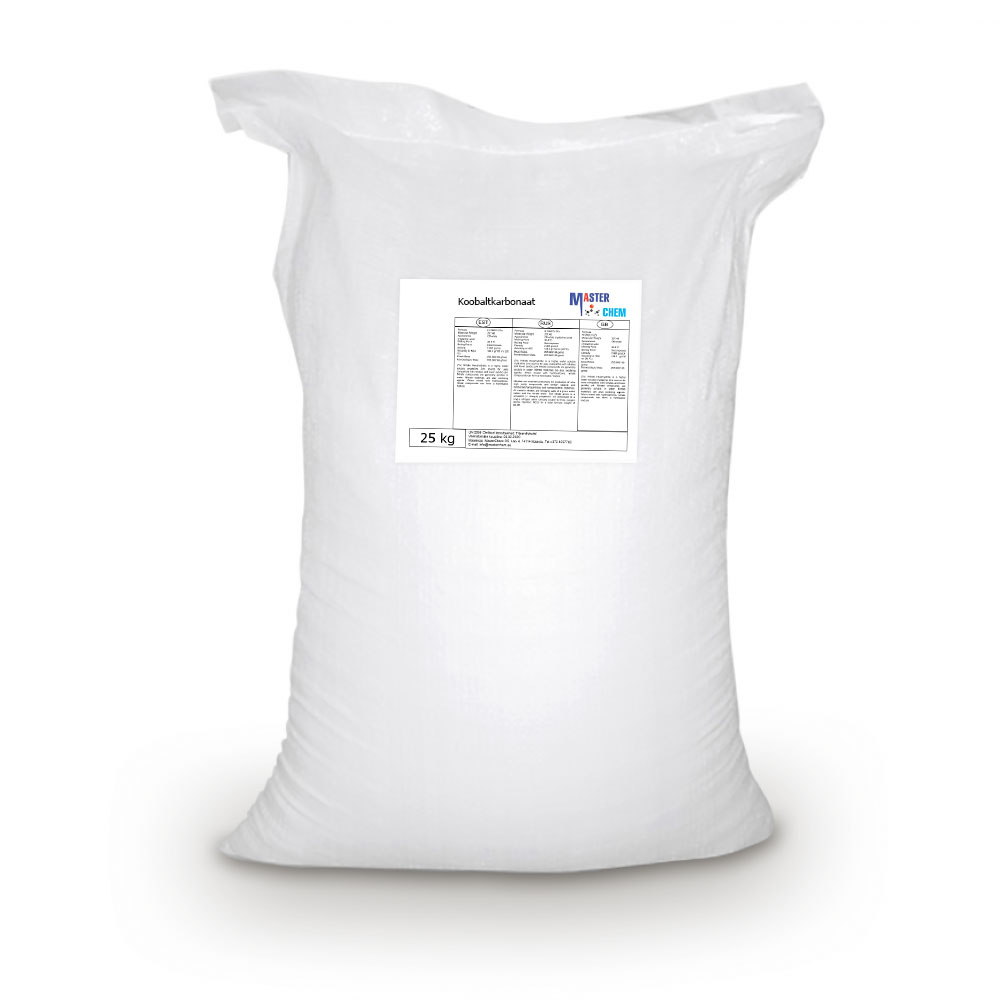Currently Empty: €0.00
Polyethylene glycol 200 (CAS 25322-68-3)
Polyethylene glycol 200 (CAS 25322-68-3)
Polyethylene glycol (PEG; /ˌpɒliˈɛθəlˌiːn ˈɡlaɪˌkɒl, -ˌkɔːl/) is a polyether compound derived from petroleum with many applications, from industrial manufacturing to medicine. PEG is also known as polyethylene oxide (PEO) or polyoxyethylene (POE), depending on its molecular weight. The structure of PEG is commonly expressed as H−(O−CH2−CH2)n−OH.
Because PEG is a hydrophilic molecule, it has been used to passivate microscope glass slides for avoiding non-specific sticking of proteins in single-molecule fluorescence studies.
Polyethylene glycol has a low toxicity and is used in a variety of products. The polymer is used as a lubricating coating for various surfaces in aqueous and non-aqueous environments.
Resorcinol (CAS 108-46-3)
Resorcinol (CAS 108-46-3)
Resorcinol (or resorcin) is an organic compound with the formula C6H4(OH)2. It is one of three isomeric benzenediols, the 1,3-isomer (or meta-isomer). It is a white, water-soluble solid.
Resorcinol crystallizes from benzene as colorless needles that are readily soluble in water, alcohol, and ether, but insoluble in chloroform and carbon disulfide.
Resorcinol is mainly used in the production of resins. As a mixture with phenol, it condenses with formaldehyde to afford adhesives.
Rosin (CAS 8050-09-7)
Rosin (CAS 8050-09-7)
Rosin, also called colophony or Greek pitch (Latin: pix graeca), is a solid form of resin obtained from pines and some other plants, mostly conifers, produced by heating fresh liquid resin to vaporize the volatile liquid terpene components. It is semi-transparent and varies in color from yellow to black. At room temperature rosin is brittle, but it melts at stove-top temperature. It chiefly consists of various resin acids, especially abietic acid. The term “colophony” comes from colophonia resina, Latin for “resin from Colophon”, an ancient Ionic city.
Salicylic acid (CAS 69-72-7)
Salicylic acid (CAS 69-72-7)
Salicylic acid is an organic compound with the formula HOC6H4CO2H. A colorless solid, it is a precursor to and a metabolite of aspirin (acetylsalicylic acid). It is a plant hormone. The name is from Latin salix for willow tree. It is an ingredient in some anti-acne products. Salts and esters of salicylic acid are known as salicylates.
Salicylic acid is used in the production of other pharmaceuticals, including 4-aminosalicylic acid, sandulpiride, and landetimide (via salethamide).
Salicylic acid has long been a key starting material for making acetylsalicylic acid (aspirin). Aspirin (acetylsalicylic acid or ASA) is prepared by the esterification of the phenolic hydroxyl group of salicylic acid with the acetyl group from acetic anhydride or acetyl chloride.
Sodium Phosphate Dihydrate (CAS 13472-35-0)
Sodium Phosphate Dihydrate (CAS 13472-35-0)
Sodium phosphate is a generic term for a variety of salts of sodium (Na+) and phosphate (PO43−). Phosphate also forms families or condensed anions including di-, tri-, tetra-, and polyphosphates. Most of these salts are known in both anhydrous (water-free) and hydrated forms. The hydrates are more common than the anhydrous forms.
Sodium stannate (CAS 12027-70-2)
Sodium stannate (CAS 12027-70-2)
Sodium stannate, formally sodium hexahydroxostannate(IV), is the inorganic compound with the formula Na2[Sn(OH)6]. This colourless salt forms upon dissolving metallic tin or tin(IV) oxide in sodium hydroxide, and is used as a stabiliser for hydrogen peroxide. In older literature, stannates are sometimes represented as having the simple oxyanion SnO32−, in which case this compound is sometimes named as sodium stannate–3–water and represented as Na2SnO3·3H2O, a hydrate with three waters of crystallisation. The anhydrous form of sodium stannate, Na2SnO3, is recognised as a distinct compound with its own CAS Registry Number, 12058-66-1 , and a distinct material safety data sheet.
Sodium sulfide (CAS 1313-84-4)
Sodium sulfide (CAS 1313-84-4)
Sodium sulfide is the chemical compound with the formula Na2S, or more commonly its hydrate Na2S·9H2O. Both the anhydrous and the hydrated salts are colorless solids. They are water-soluble, giving strongly alkaline solutions. When exposed to moist air, Na2S and its hydrates emit hydrogen sulfide, which smells like rotten eggs.
Some commercial samples are specified as Na2S·xH2O, where a weight percentage of Na2S is specified. Commonly available grades have around 60% Na2S by weight, which means that x is around 3. Such technical grades of sodium sulfide have a yellow appearance owing to the presence of polysulfides. These grades of sodium sulfide are marketed as ‘sodium sulfide flakes’.
Sodium sulphate anhydrate (CAS 7757-82-6)
Sodium sulphate anhydrate (CAS 7757-82-6)
Sodium sulfate (also known as sodium sulphate or sulfate of soda) is the inorganic compound with formula Na2SO4 as well as several related hydrates. All forms are white solids that are highly soluble in water. With an annual production of 6 million tonnes, the decahydrate is a major commodity chemical product. It is mainly used as a filler in the manufacture of powdered home laundry detergents and in the Kraft process of paper pulping for making highly alkaline sulfides.
Soybean oil
Soybean oil
Soybean oil is a vegetable oil extracted from the seeds of the soybean (Glycine max). It is one of the most widely consumed cooking oils and the second most consumed vegetable oil. As a drying oil, processed soybean oil is also used as a base for printing inks (soy ink) and oil paints.
Soybean oil is indicated for parenteral nutrition as a source of calories and essential fatty acids.
Thinner PU-5030
Application and use:
– used to correct the viscosity of polyurethane paints, varnishes when painting wood and metal,
– dilution of polyurethane putties,
– degreasing and removal of dust from metal surfaces,
– thinning paint and cleaning tools,
– washing spray guns and other equipment after using paints and varnishes.
Packaging:
20 lit metal can UN
25 lit plastic can
200 lit drum/barrel
500 lit IBC container
1000 lit IBC container
BULK
Tip:
Store and transportation product at a temperature between -25 °C and 25 °C and do not expose it to direct sunlight.
Properties:
Density: at 20 degrees C – 0.88 g/cm3 +-0.05
Color – colorless liquid
Tin Sulphate (CAS 7488-55-3)
Tin Sulphate (CAS 7488-55-3)
Tin(II) sulfate (SnSO4) is a chemical compound. It is a white solid that can absorb enough moisture from the air to become fully dissolved, forming an aqueous solution; this property is known as deliquescence. It can be prepared by a displacement reaction between metallic tin and copper(II) sulfate: Sn (s) + CuSO4 (aq) → Cu (s) + SnSO4 (aq)
Tin(II) sulfate is a convenient source of tin(II) ions uncontaminated by tin(IV) species.

